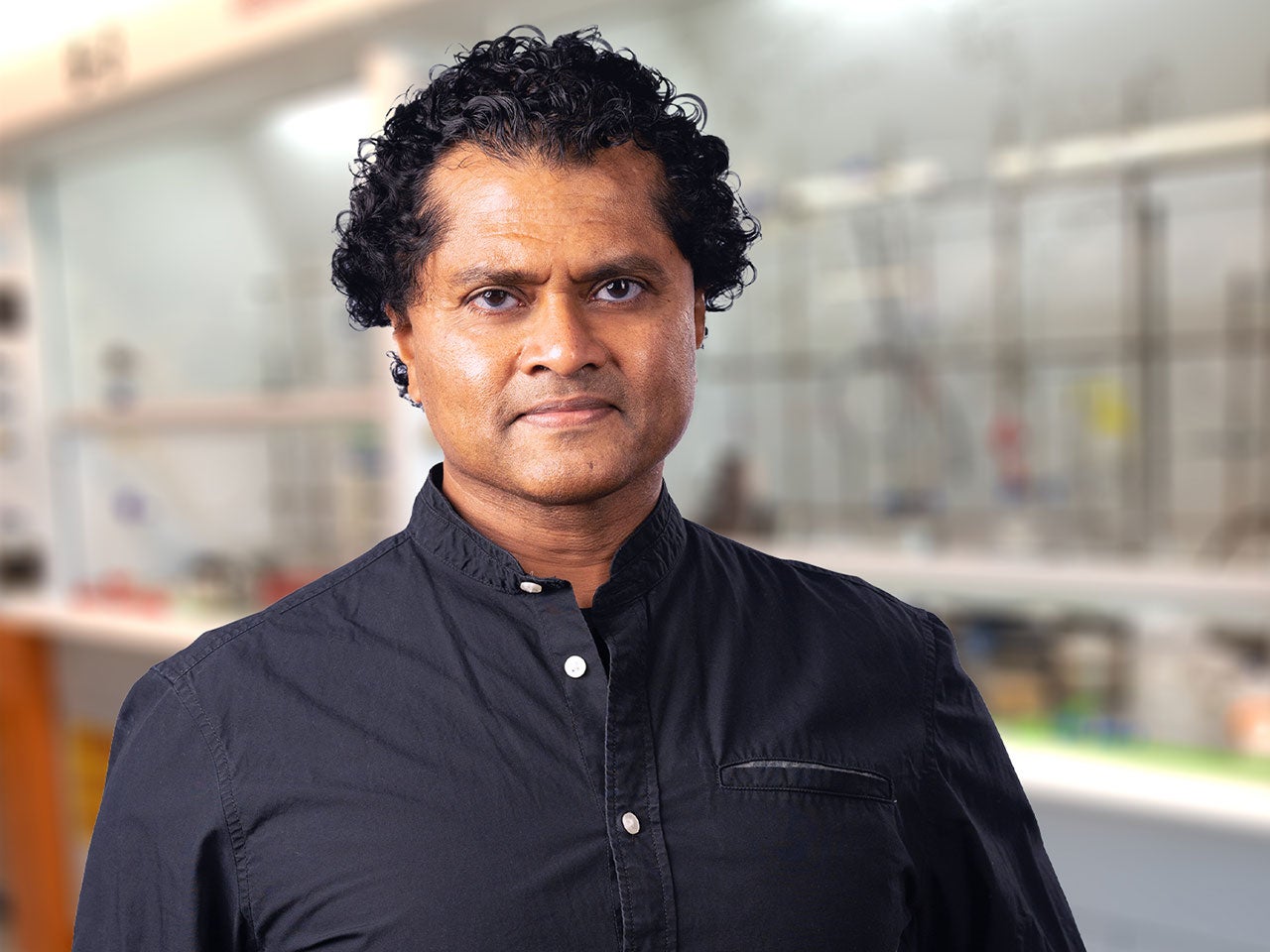Cold Spring Harbor, NY — According to a study published this week in Nature (February 17), sleep helps young birds master the art of song, and it does so in a surprising way. The study reveals that when zebra finches first wake up, they are actually dramatically worse singers than they were the day before. Moreover, individual birds that initially perform the worst during their “morning rehearsals” eventually become the best singers of all.
The study examined the effect of sleep on song learning in young zebra finches. Individuals of this species are active in the daytime, do not sing in darkness, and develop their song during a critical window of “brain plasticity” between one and three months after hatching.
In order to learn to sing, it’s known that young birds must hear an adult song, and through practice, develop their own version of the tune by comparing their vocalizations to a memory template of the song that they “hear in their heads.”
Interestingly, researchers have previously found that zebra finch brain neurons involved in vocal learning display patterns of activity while the birds are asleep that are similar to the patterns observed while awake birds are singing. Until now, however, there has been no direct evidence that sleep affects song learning, and if so, how.
To collect the data used in the study, City College New York behavioral neuroscientists Ofer Tchernichovski and Sébastien Derégnaucourt recorded every vocalization—approximately a million syllables per bird—made by 12 young male zebra finches over several months as the birds learned to imitate and perfect their own renditions of recorded adult male zebra finch songs.
To assess the musical progress or lack thereof of the young birds, Tchernichovski worked with Cold Spring Harbor Harbor Laboratory theoretical neuroscientist Partha Mitra to develop algorithms that became the basis of powerful software for analyzing the structure and patterns of animal vocalizations (Sound Analysis Pro).
Surprisingly, instead of showing a gradual improvement in which they might wake up each day and “pick up where they left off” in their vocal abilities, many of the birds displayed dramatic degradation in the quality of their songs relative to how well they performed at the end of the previous day. However, the quality of these birds’ songs improved after intense morning rehearsal to the point whereby the end of each new day, their singing was indeed better than the day before.
The study yielded another counterintuitive result, namely, that birds which ultimately learn to sing better than others—at the end of their three months of rehearsal—actually awaken from sleep each day as poorer singers than their ultimately less tuneful counterparts (i.e. they have “stronger post-sleep deterioration” of song development).
“We have more work to do to explain this ‘one step back, two steps forward’ effect of sleep on the brain circuits that govern vocal learning. But a useful analogy, for now, is the tempering of steel, in which to gain its ultimate structure and strength, it is first weakened,” says Mitra.
Vocal learning in songbirds bears similarities to human speech development: Novice birds go through a period of “screeching” before learning to imitate songs accurately, much as babies babble before grasping words. Therefore, the new research points to a need for a quantitative study of the effects of sleep on learning in human infants, says Mitra.
Written by: Communications Department | publicaffairs@cshl.edu | 516-367-8455
